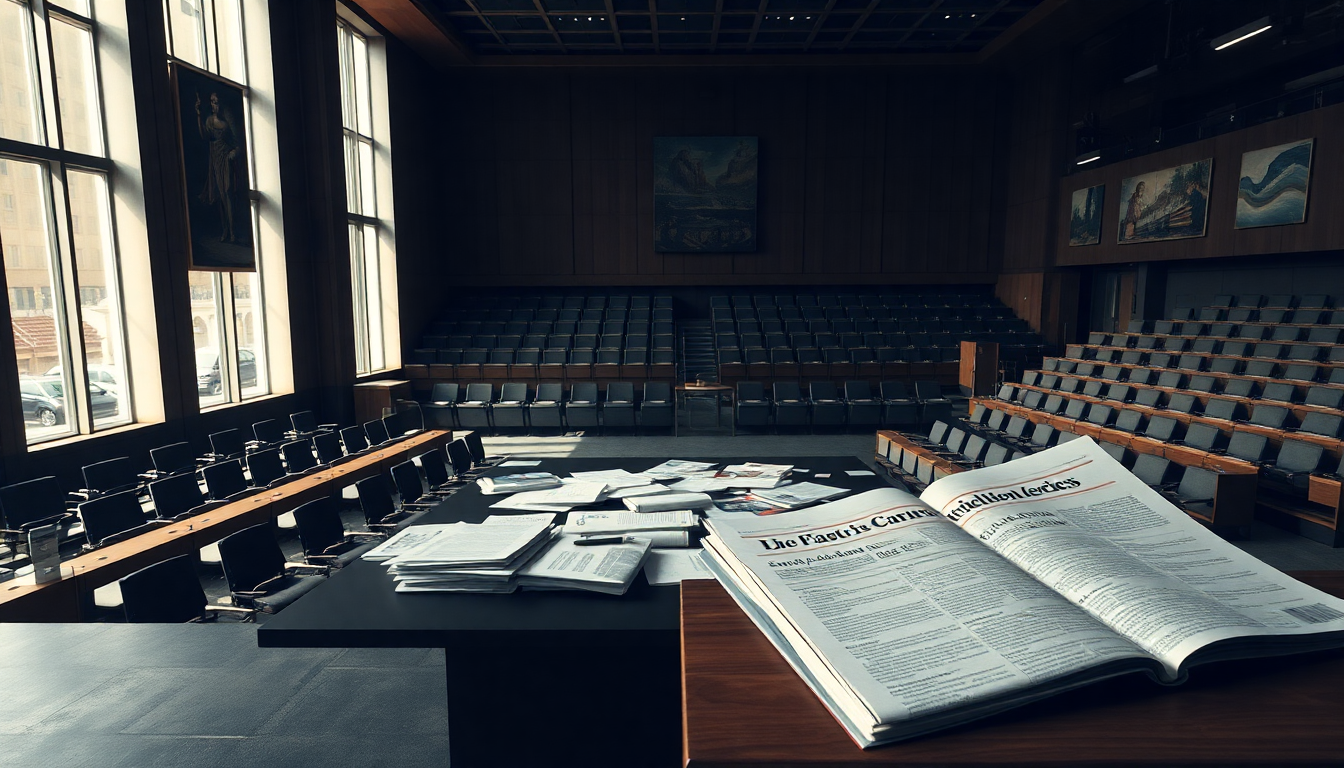Table of Contents
The political landscape in Germany is currently in turmoil after the recent failed election of three constitutional judges. This has created a significant challenge for the black-red coalition government, presenting its first real test of stability. With no clear majority and no viable Plan B in sight, the coalition’s future feels precarious. What’s more, a summer interview with Friedrich Merz has only added to the uncertainty, leaving many questions unanswered. In this article, we’ll break down the current situation, explore what these developments mean, and consider whether Jens Spahn is still the right leader for the faction.
The Coalition’s Current Challenges
The failure to elect the constitutional judges has exposed some serious vulnerabilities within the coalition, revealing a growing rift between its partners. Without a clear majority, the coalition’s agenda is in disarray. Political maneuvering is now more crucial than ever, as each party works to maintain its influence while addressing the urgent needs of governance. Gordon Repinski’s analysis highlights just how deep this divide truly runs and what it could mean for future legislative efforts.
Adding to the complexity, the SPD’s parliamentary manager, Dirk Wiese, recently emphasized the need for trust and responsibility in today’s political climate. He pointed out that the Union must step up to rectify the situation as they prepare for elections scheduled for September. The contentious candidacy of Frauke Brosius-Gersdorf only raises the stakes for all parties involved. How will they navigate these turbulent waters?
The Implications of Political Maneuvering
As political strategies unfold, the implications for the coalition’s stability become more pronounced. The current environment demands not just adept political navigation but a delicate balance of power among the parties. The coalition’s ability to respond to these challenges will significantly impact its credibility and effectiveness in the future. The summer interview with Friedrich Merz has further illustrated the tensions at play, raising critical questions about leadership and direction.
The discussion surrounding Jens Spahn’s role as the leader of the faction is particularly intriguing. With the political climate becoming increasingly contentious, can he steer the party through this turbulent period? His leadership will be under the microscope as the coalition grapples with internal conflicts and external pressures. Will he rise to the occasion?
Looking Ahead: Predictions and Potential Outcomes
As the political landscape continues to shift, the outlook for the coalition remains uncertain. The dynamics between coalition partners will be crucial in determining whether they can overcome their differences and present a united front. The upcoming elections will serve as a vital test of their resilience and ability to adapt to changing circumstances.
We can’t ignore the potential for political outsiders to shake things up. A recent clandestine meeting between two political outsiders in Thüringen hints at the emergence of new dynamics that could further challenge the status quo. This evolving scenario underscores the necessity for coalition members to stay vigilant and responsive to both internal and external developments. Are they prepared for what lies ahead?
In conclusion, the current political turmoil in Germany calls for a thorough examination of the coalition’s strategies and future direction. As the situation unfolds, the implications for governance and political stability will be significant. Stakeholders across the spectrum will be watching closely to see how these dynamics play out in the coming months. Will the coalition find a way to navigate these choppy waters, or will it succumb to the pressures of the political landscape?


